Greetings, fellow history enthusiasts and adventurous travelers! It’s Zora Hood here, your trusted companion on our journey through time and place, exploring the marvels of the past. Over the last four years, I’ve taken you to fascinating destinations across the globe, unearthing historical gems that have often been hidden in the shadows of their more famous counterparts. Today, I’m excited to shine a spotlight on Sudan’s Nubian Pyramids, those underrated wonders that have captivated my heart and soul.
Picture this: You’re standing amidst the golden sands of the Sudanese desert, with the sun casting long, intriguing shadows over a collection of pyramids that rival the grandeur of their Egyptian cousins. If that image has you intrigued, you’re in for a treat as we delve into the history, the grandeur, and the often-overlooked beauty of the Nubian Pyramids.
Nubia: A Cradle of Civilization
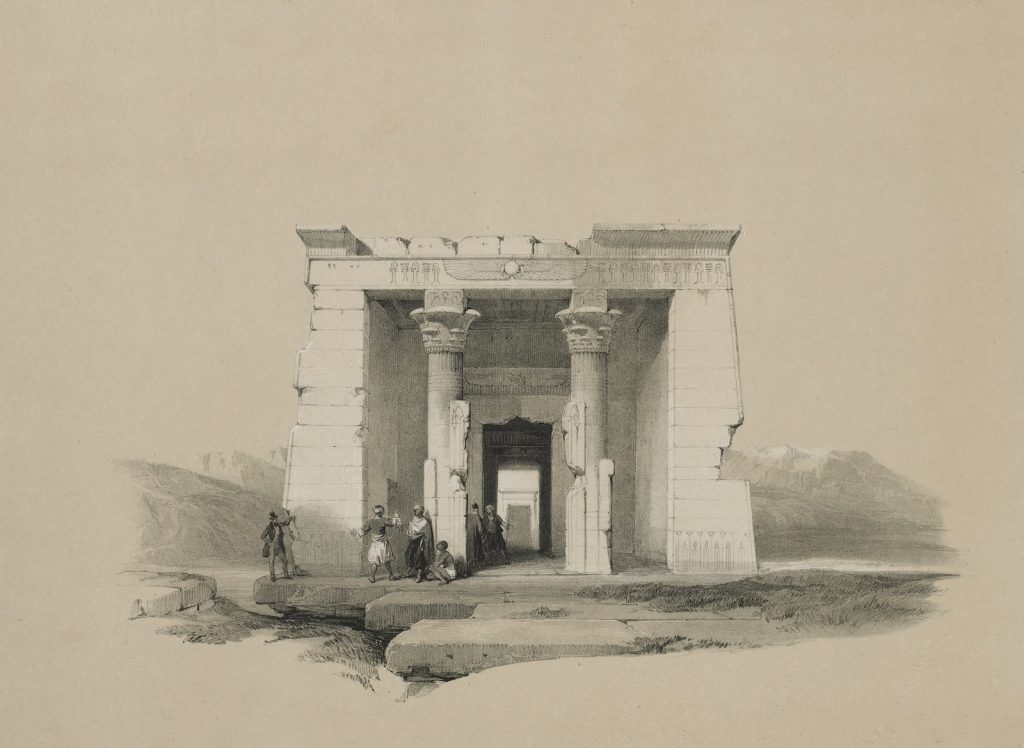
Let’s start at the beginning, shall we? Nubia, the region where these lesser-known pyramids stand, has a history as rich and ancient as the Nile itself. Located in what is now northern Sudan, Nubia was a land of remarkable cultural exchange, trade, and of course, pyramid-building. The Kingdom of Kush, a powerful Nubian state, is where our story unfolds.
The Kingdom of Kush, sandwiched between the First Cataract of the Nile and the confluence of the Blue and White Niles, boasts a legacy that rivals that of its northern neighbor, Egypt. While Egypt’s pyramids have hogged the limelight for centuries, the Nubian Pyramids, constructed by the rulers of Kush, are no less impressive, and in some ways, even more captivating.
Nubian vs. Egyptian Pyramids: A Unique Perspective
The first thing that sets Nubian pyramids apart from their Egyptian cousins is their shape. While most people associate pyramids with the iconic, towering structures on the Giza Plateau, the Nubian Pyramids have a more slender and distinctive appearance.
These pyramids have a steeper angle and are narrower at the base, resulting in a visually striking and unique look. The elegant design of the Nubian Pyramids is a testament to the Kushite architects’ ingenuity, and while they may not be as colossal as the Great Pyramids of Giza, they have an undeniable charm that’s all their own.
Additionally, the Nubian Pyramids are often built on an even grander scale. In the royal cemetery of El Kurru, you can find the resting place of King Tanwetamani, where a row of pyramids lines the landscape, exuding an aura of mystery and majesty. These structures may be smaller in scale but make up for it in sheer number and diversity. It’s like visiting a gallery of ancient art, each pyramid with its own story and significance.
El Kurru: A Treasure Trove of History
Now, let’s talk about one of my favorite spots in Nubia: the royal cemetery of El Kurru. This is where the Nubian Pyramids reveal their grandeur and historical significance. While not as famous as the Valley of the Kings in Egypt, El Kurru is a remarkable site that deserves more attention.
The pyramids at El Kurru are the final resting places of Kushite royalty, including King Tanwetamani and many other illustrious rulers. As you explore these tombs, you’ll find vibrant hieroglyphs, intricate carvings, and fascinating inscriptions that tell the tales of these ancient monarchs and the world they lived in.
El Kurru is like a time capsule, offering an intimate glimpse into the lives, beliefs, and cultural exchanges of the Nubian people. The sense of connection to the past that you’ll experience here is absolutely unparalleled.
Nuri: The Land of Pyramids

If El Kurru isn’t enough to satisfy your historical wanderlust, then Nuri, a little further north, is the answer. Nuri is home to yet more Nubian Pyramids and an ancient royal cemetery that rivals even its southern counterpart.
The site at Nuri includes pyramids built for legendary rulers like King Taharqa and King Aspelta. These structures not only reflect the grandeur of their occupants but also bear testimony to the Kushites’ reverence for their kings.
What’s fascinating about Nuri is that it showcases the evolution of Nubian pyramid design. Here, you can see how the architecture changed over time, with steeper angles and more intricate details as the centuries passed. This tangible progression is a historical treasure trove for those who appreciate the subtleties of architectural history.
Meroë: The Crown Jewel of Nubian Pyramids
If El Kurru and Nuri weren’t enough to whet your appetite for Nubian pyramids, I’ve saved the best for last. Meroë, with its sprawling necropolis and mesmerizing collection of pyramids, is a site that can hold its own against any other ancient wonder.
Meroë, the capital of the Kingdom of Kush, is located on the east bank of the Nile River. The sheer number of pyramids here is mind-boggling, with over 200 known structures dotting the landscape. These pyramids are a testament to the rich history and culture of the Meroitic Kingdom, which thrived from 300 BCE to 350 CE.
While exploring Meroë, you’ll be struck by the diversity of the pyramids. Some are well-preserved and stand tall, while others have been ravaged by time and grave robbers, their imperfections adding to the site’s charm. It’s as if Meroë has laid bare the full spectrum of human history, from grandeur to decay, for all to see.
The Silent Witnesses of History
Nubian Pyramids are more than just historical relics; they are a window into a world that was interconnected and dynamic. The Kingdom of Kush had an enduring influence on ancient Egypt, from its architecture to its spiritual beliefs. In a way, the Nubian Pyramids serve as silent witnesses to a history of exchange and cooperation that transcended borders.
Moreover, the Nubian Pyramids have also weathered the storms of time. They’ve witnessed empires rise and fall, political shifts, and changes in belief systems. They’ve stood there, steadfast and unyielding, defying the harsh desert climate for over two millennia.
The Nubian Pyramids’ Unsung Legacy
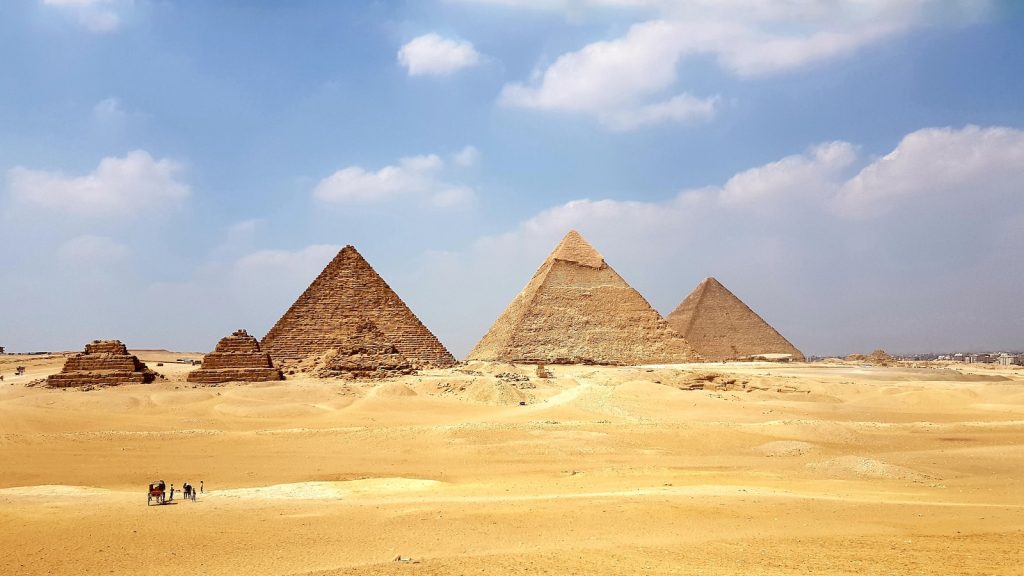
While the Nubian Pyramids may not be as famous as their Egyptian counterparts, they deserve every bit of our admiration and attention. These structures, built by the skilled hands of the Kushite people, are a testament to human ingenuity, artistry, and a rich historical tapestry.
But here’s the kicker: visiting the Nubian Pyramids isn’t just about history and architecture. It’s about embarking on an adventure that takes you off the beaten path, far away from the bustling crowds at more popular tourist destinations. It’s about discovering hidden treasures in the heart of Sudan, where the desert whispers secrets of the past and the pyramids echo with stories of empires long gone.
Conclusion: An Adventure Worth Taking
So, there you have it, my fellow history buffs and travelers. The Nubian Pyramids, nestled in the heart of Sudan, are more than just historical wonders; they are an adventure waiting to be embraced.
While they may not be as famous as their Egyptian cousins, the Nubian Pyramids are equally deserving of our admiration and appreciation. They offer an opportunity to delve into the rich history and culture of the Kingdom of Kush, a civilization that played a vital role in shaping the ancient world.
Visiting these lesser-known wonders is like discovering a hidden chapter of history, one that’s off the beaten path and devoid of the crowds that swarm other tourist destinations. It’s an adventure that not only connects you with the past but also allows you to witness the enduring spirit of these remarkable structures, standing as sentinels in the desert, defying the sands of time.
So, as you plan your next historical escapade, consider the Nubian Pyramids. They may be underrated, but they are gems waiting to be discovered, cherished, and admired. It’s a journey that will not only enrich your knowledge of the past but also leave you with memories that are as enduring as the pyramids themselves. Happy travels!



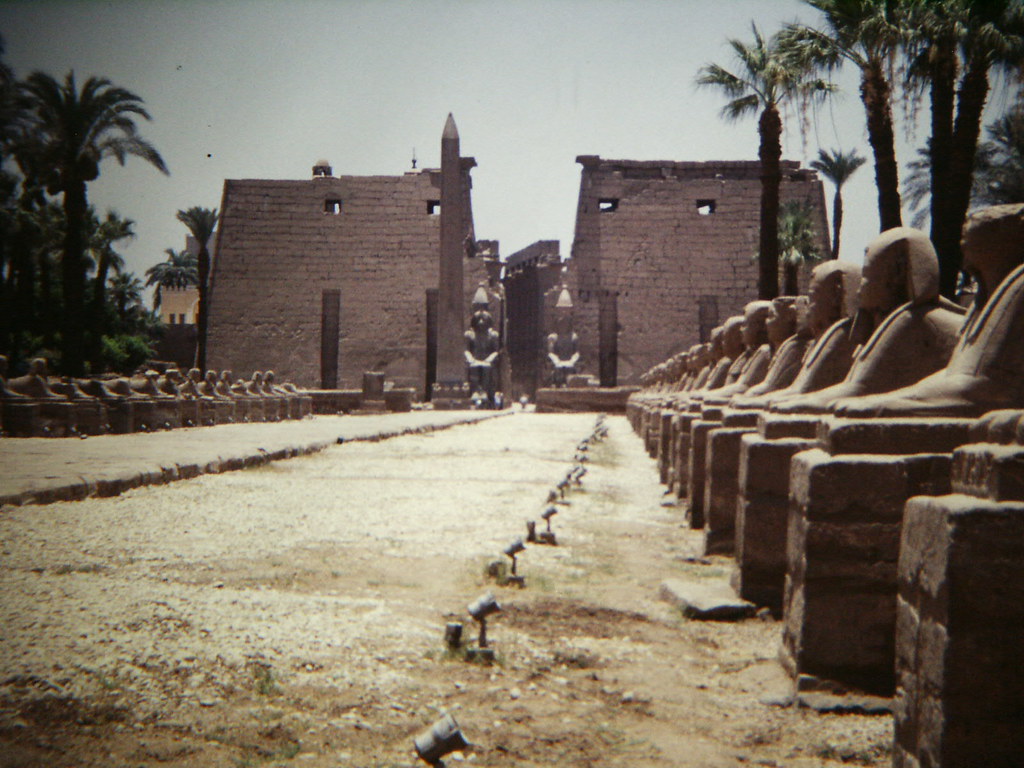
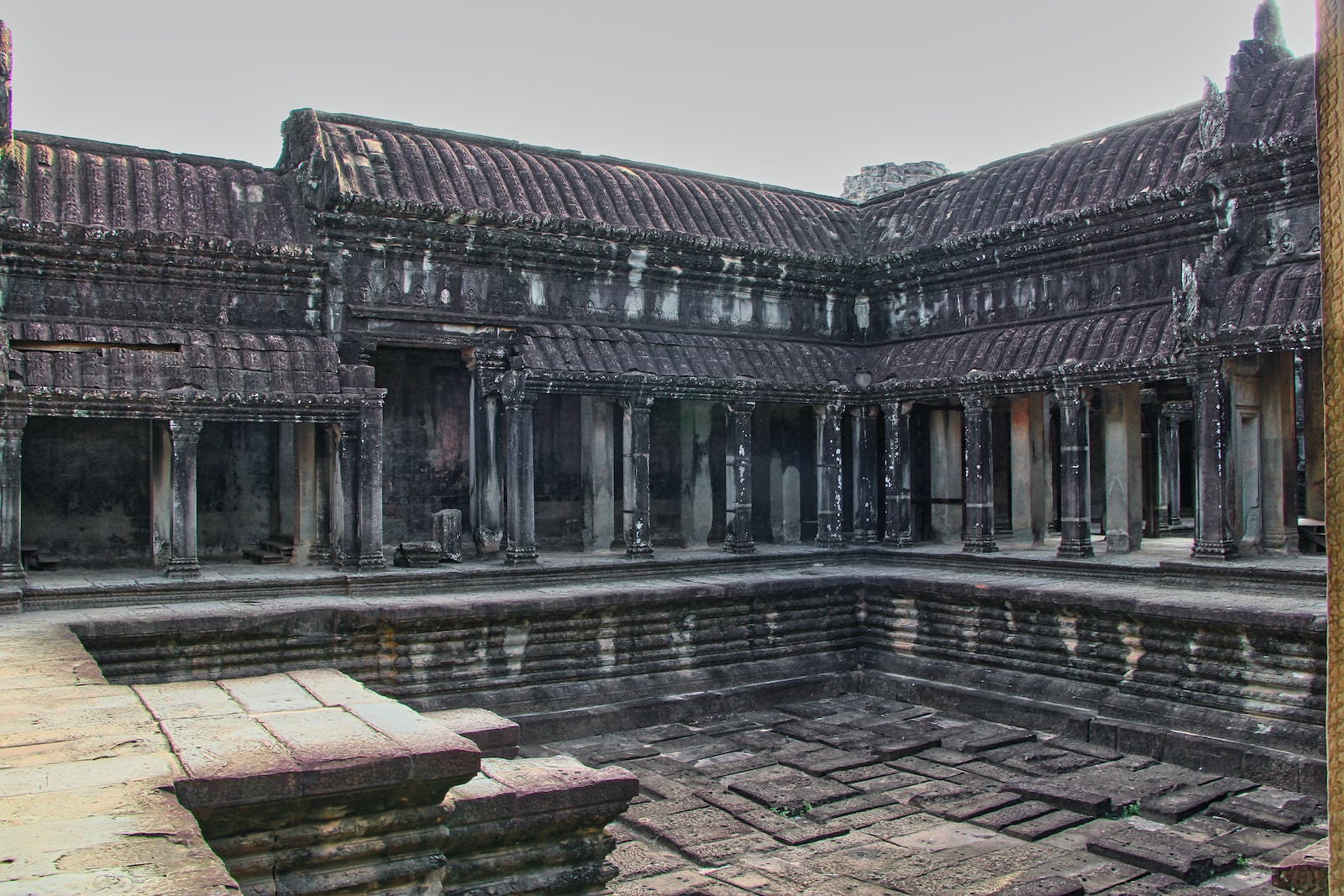









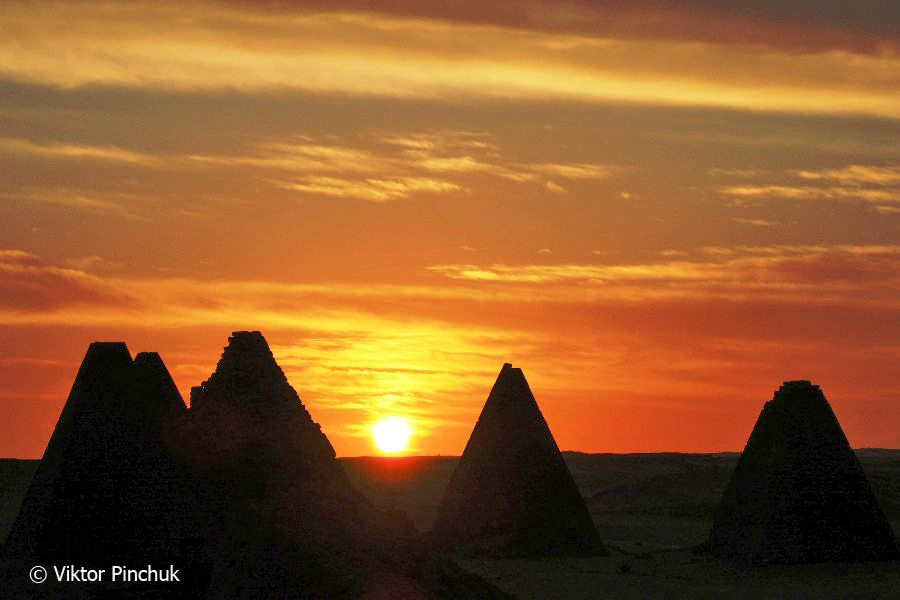
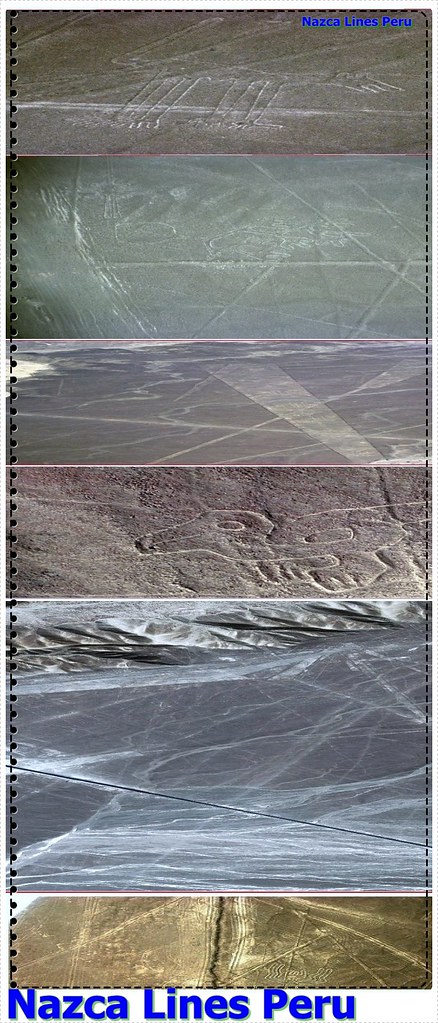

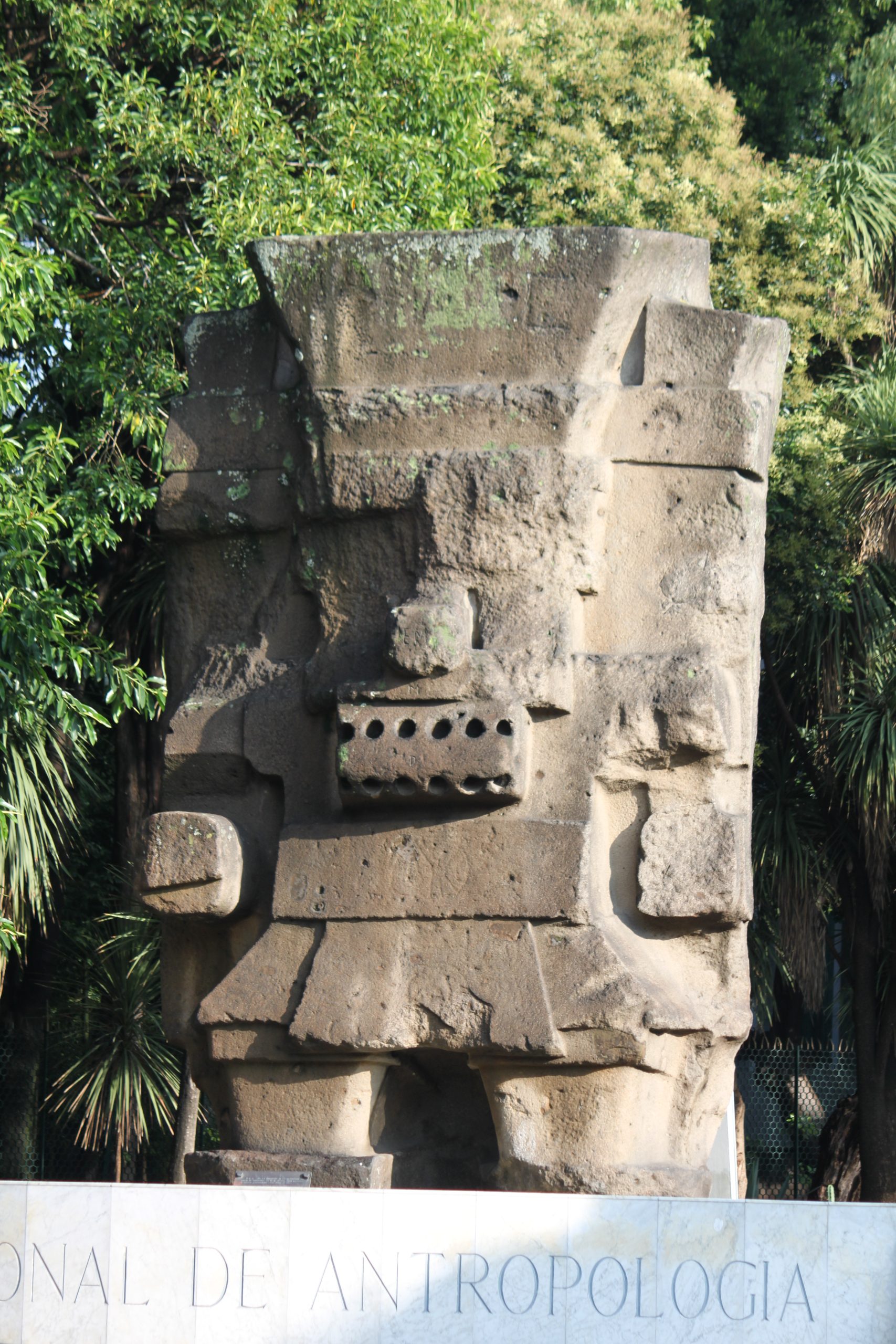


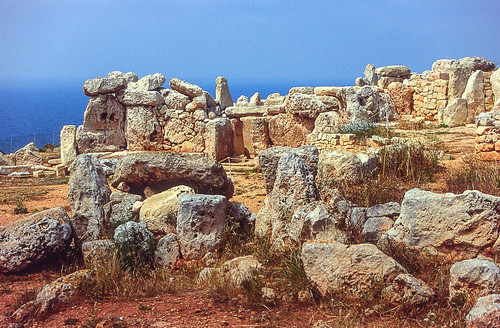
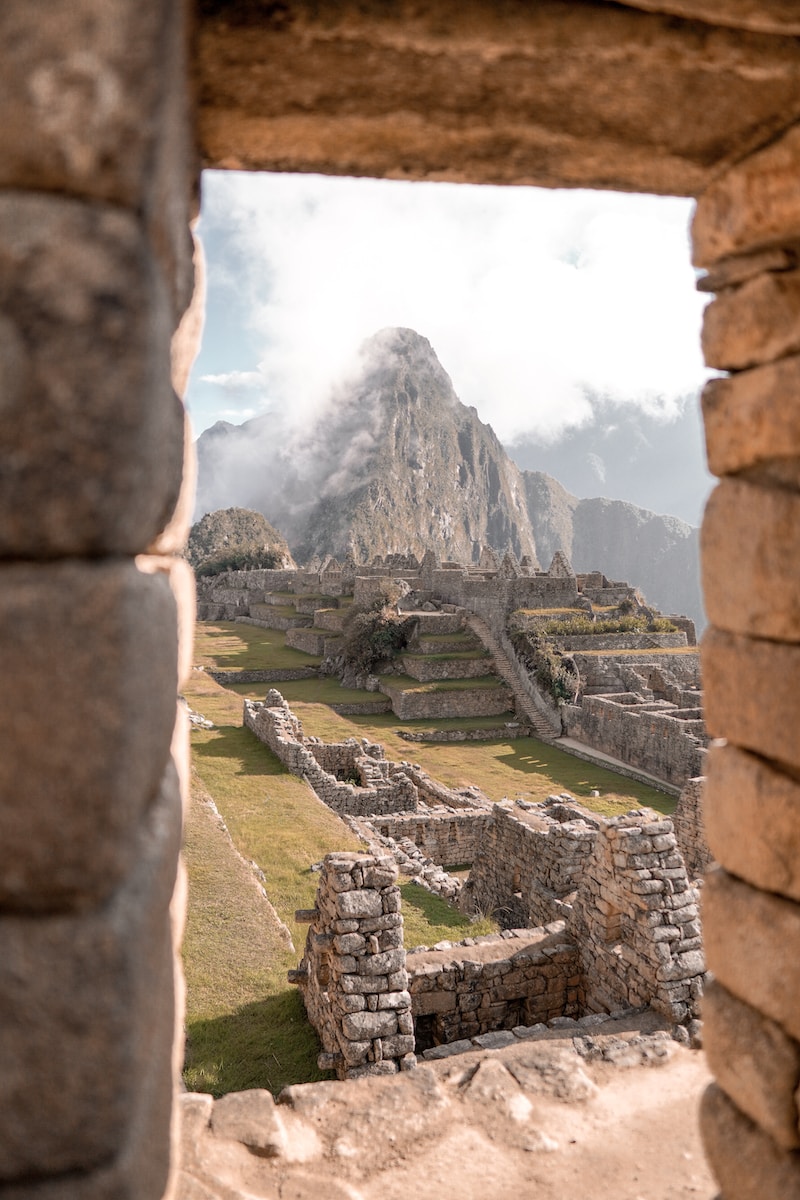

Hello!! My name is Anna
I love to eat, travel, and eat some more! I am married to the man of my dreams and have a beautiful little girl whose smiles can brighten anyone’s day!